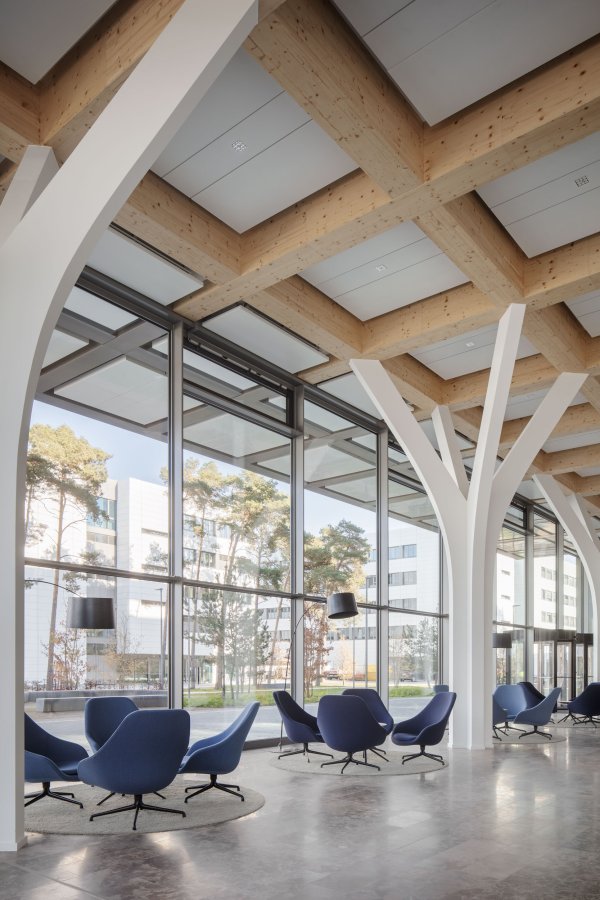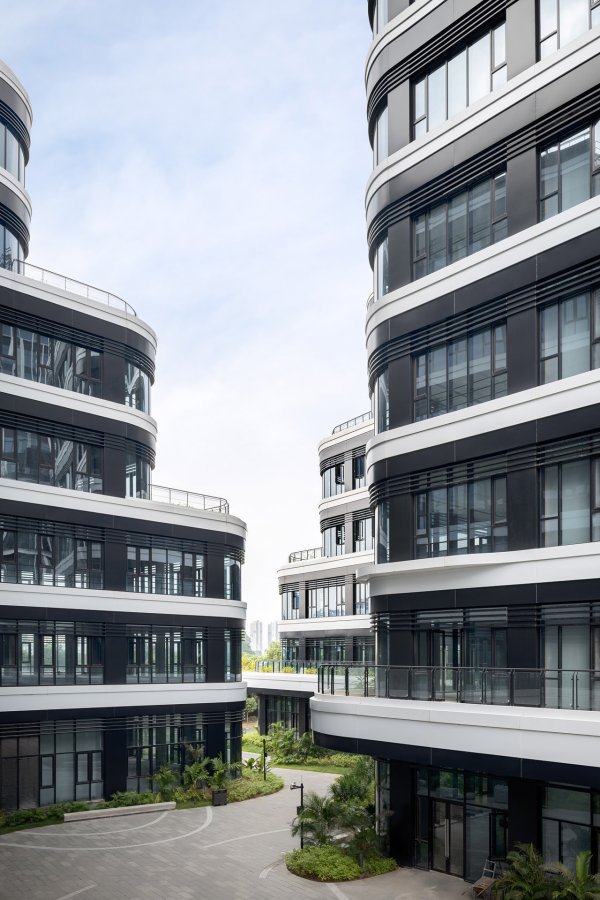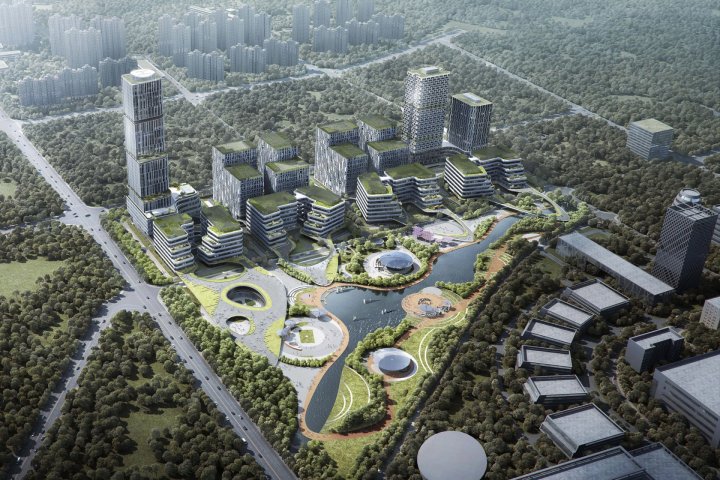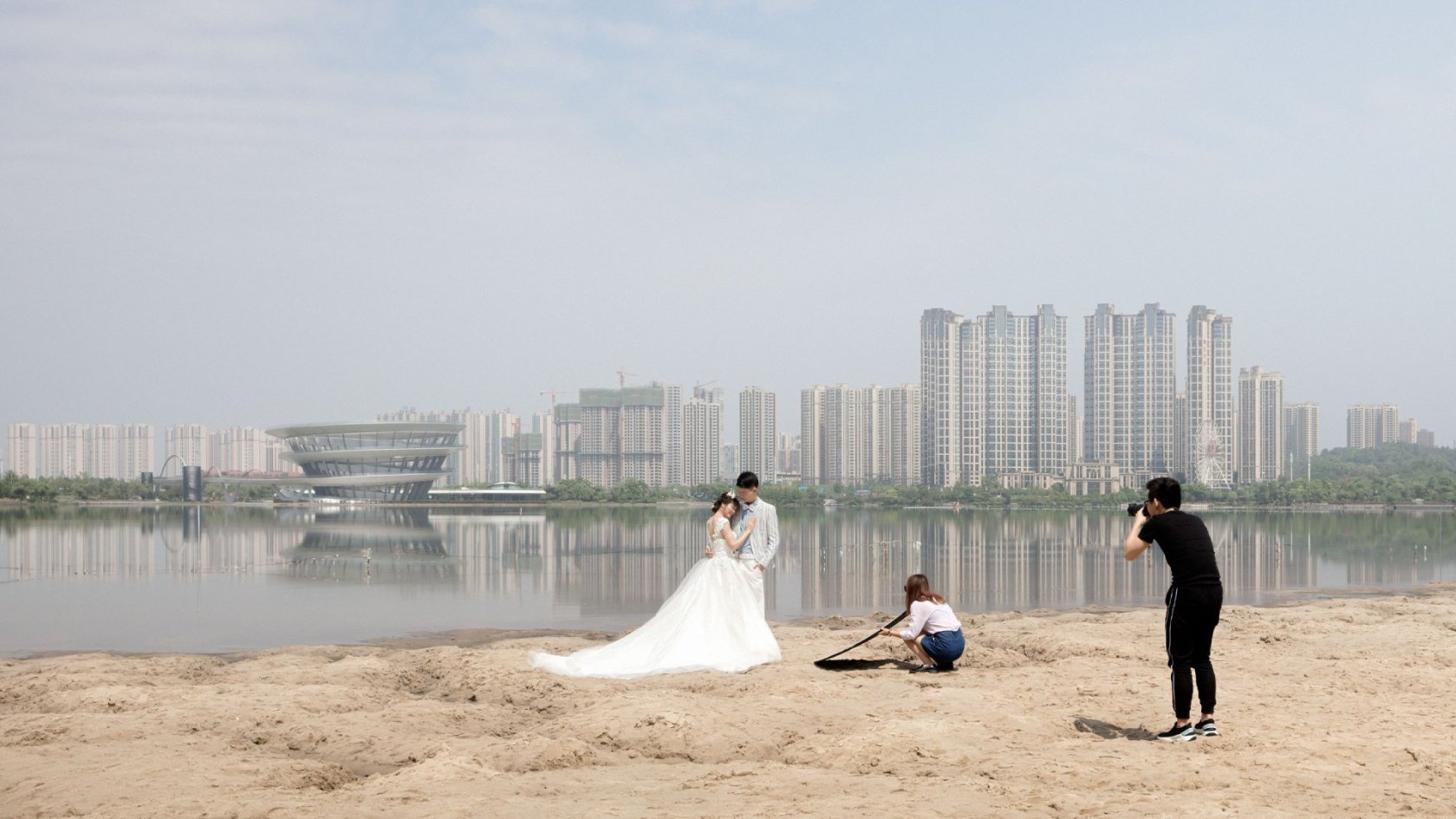
What does sustainability mean for architects? Is the profession not one of the most sustainable anyway as architects design for eternity? Compared with that length of time, to consciously be provocative, the nine years until the first milestone set by the European Commission to reduce CO² emissions in 2030 seems like a mere blink of the eye. And the construction industry has in recent years most definitely not lacked speed. That said, our technological advances and achievement in ever larger and more complex construction projects do not ineluctably lead to more sustainable architecture – quite the contrary is the case. In an age of ever faster cycles, will our buildings not likewise become a consumer good or even a “disposable product” such as those offered by other sectors of industry? What social and cultural requirements will our future urban spaces have?
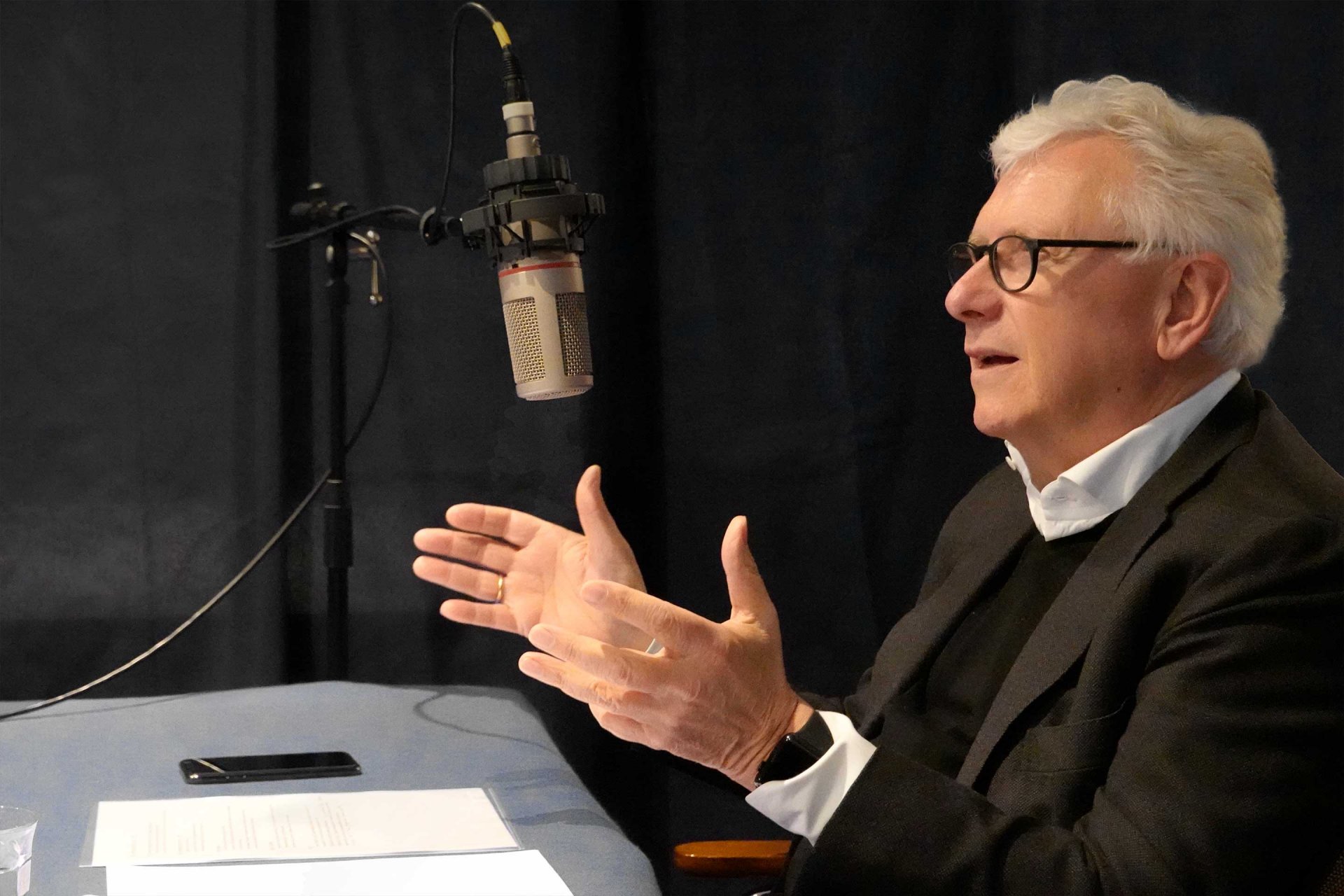
“With each and every task we ask ourselves whether we cannot re-use existing structures.”
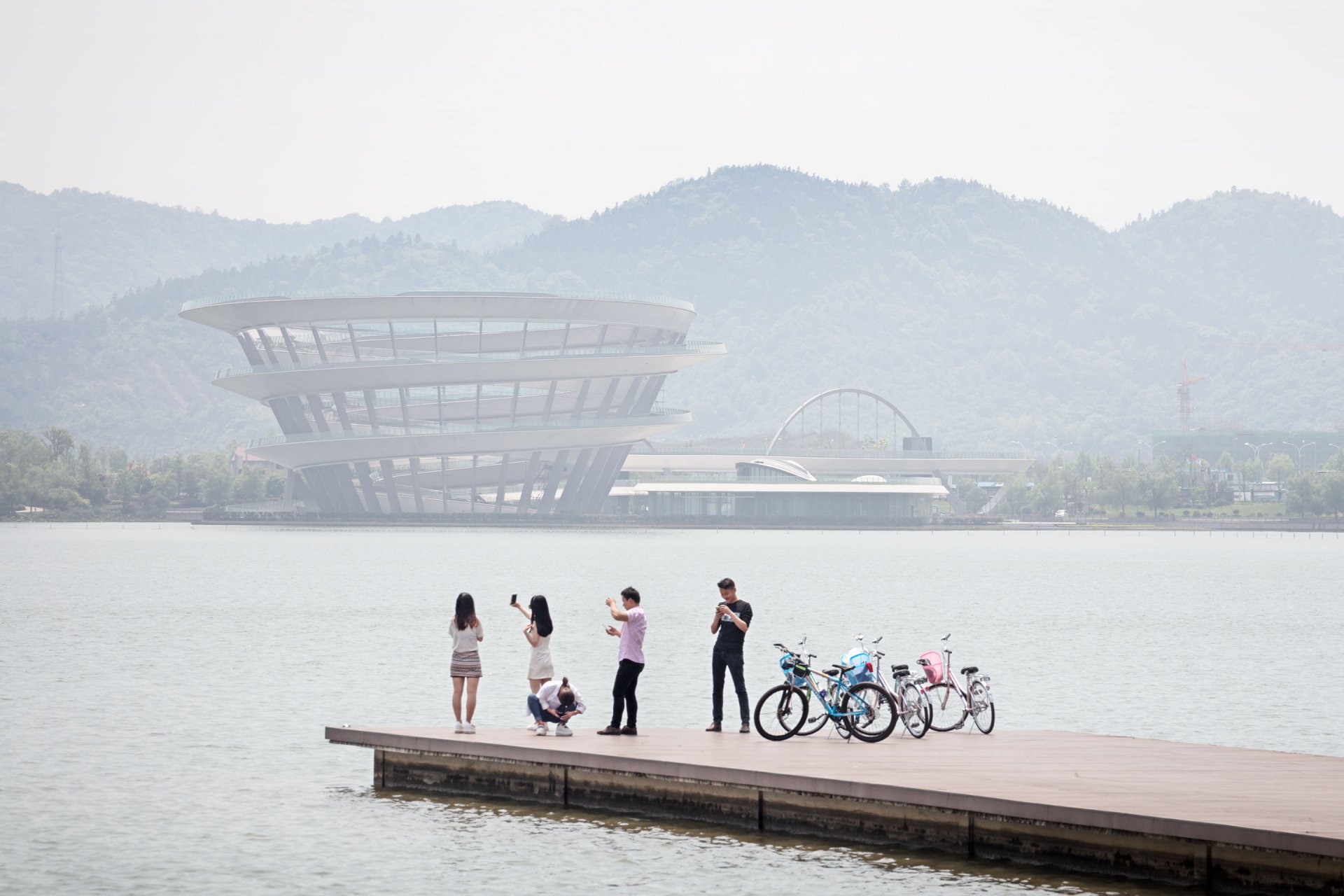
In conversation with Prof. Georg-Christof Bertsch, who teaches at the Offenbach University of Art and Design and is editor-in-chief of the DDCAST, the weekly Podcast brought out by Deutscher Designer Club, Jürgen Engel insisted: It is up to architects today to design our future and handle the complex topics involved. Movements that are already successful, such as “Architects for Future”, the various DGNB initiatives (e.g. Phase Sustainability) and many others have resulted in architects focusing on and locking into enduring change in the construction sector. At the same time, in the construction sector we have seen some being tempted to opt for ‘greenwashing’, whereby concepts such as “cradle-to-cradle” get banded about almost effusively for advertising and image purposes without this actually bringing about any real ecological benefits in the building as realized; or a building gets torn down under the pretense that from the outset all the materials will be recycled, without any emphasis on converting the usages of the building, concentrating on its robustness and mutability. In conversation with Georg-Christof Bertsch Jürgen Engel explores that form of resilience and durability in architecture that he considers as key both for individual projects and as the intellectual point of departure and actual goal of urban planning.
“The city as an infinite project - Resilience in architecture and urban planning” - In the last section, Jürgen Engel closely concerns himself with the topic. Closely bound up with sustainability is the social responsibility architects bear and is strongly foregrounded in the Podcast, drawing a line to historical and culturally defined spaces as well as forging a link to the social relevance of architectural designs.
“Having learned about design and aesthetics as a student I wanted to connect them to the social aspect as well.”
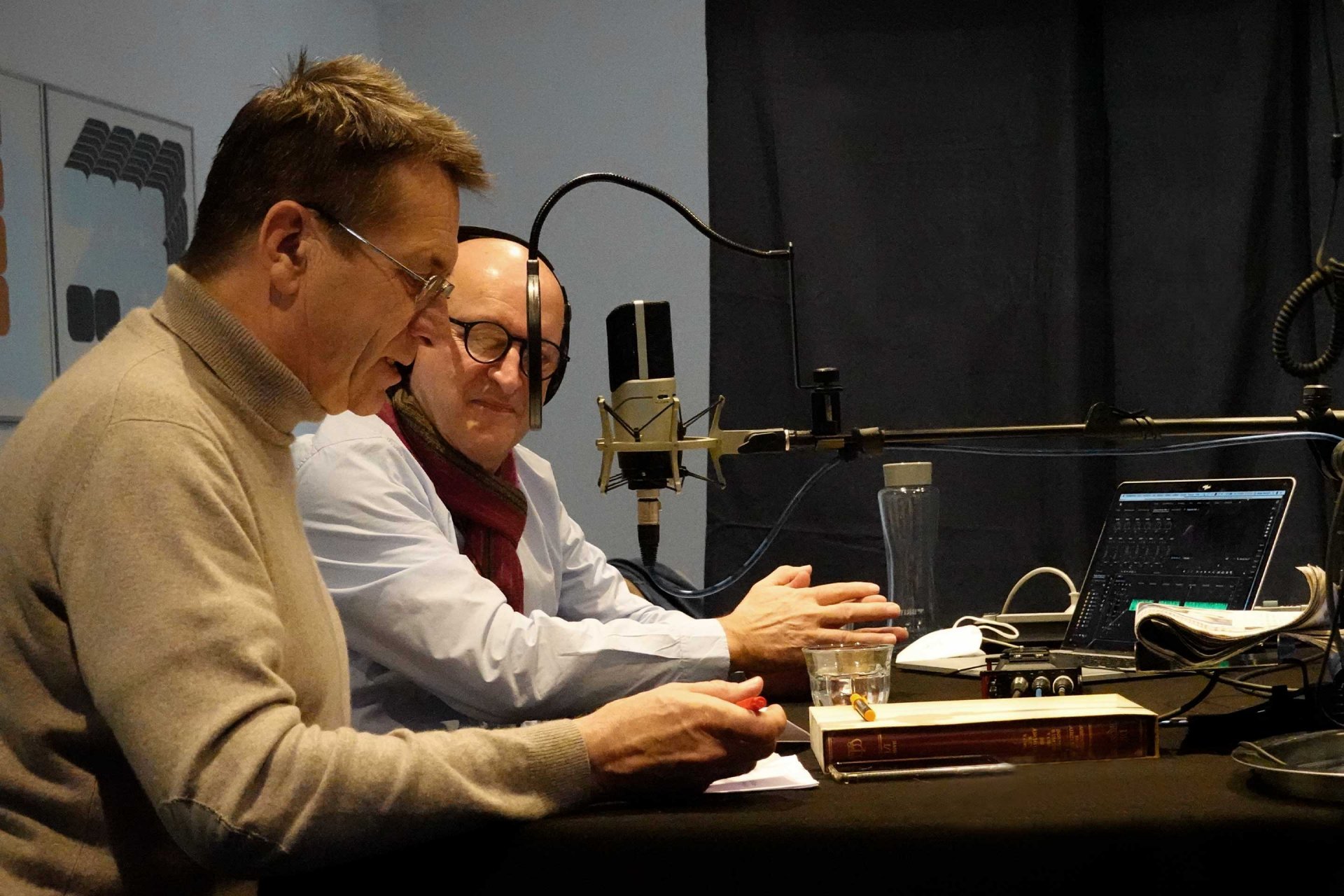
Under the sign of climate change and rapid urban development, architecture is now in a phase of review, one in which it not only needs to square up to the European climate goals. Indeed, architects active internationally face construction law stipulations that differ from one country to the next, not to mention differences in the timing of changes to legislation, which are of major consequence given that large urban development projects straddles several years or even decades, something we have likewise discussed in the article on “Driving Innovation Together - The research campus as a model for the future”, which examined campus architecture and urban expansion projects in Germany and China. Here, too, urban planning is presented as one of the most exciting disciplines in the architectural profession requiring the special art of sustainable architectural thought and action.
“Architecture thrives on the fact that harmony can be experienced”
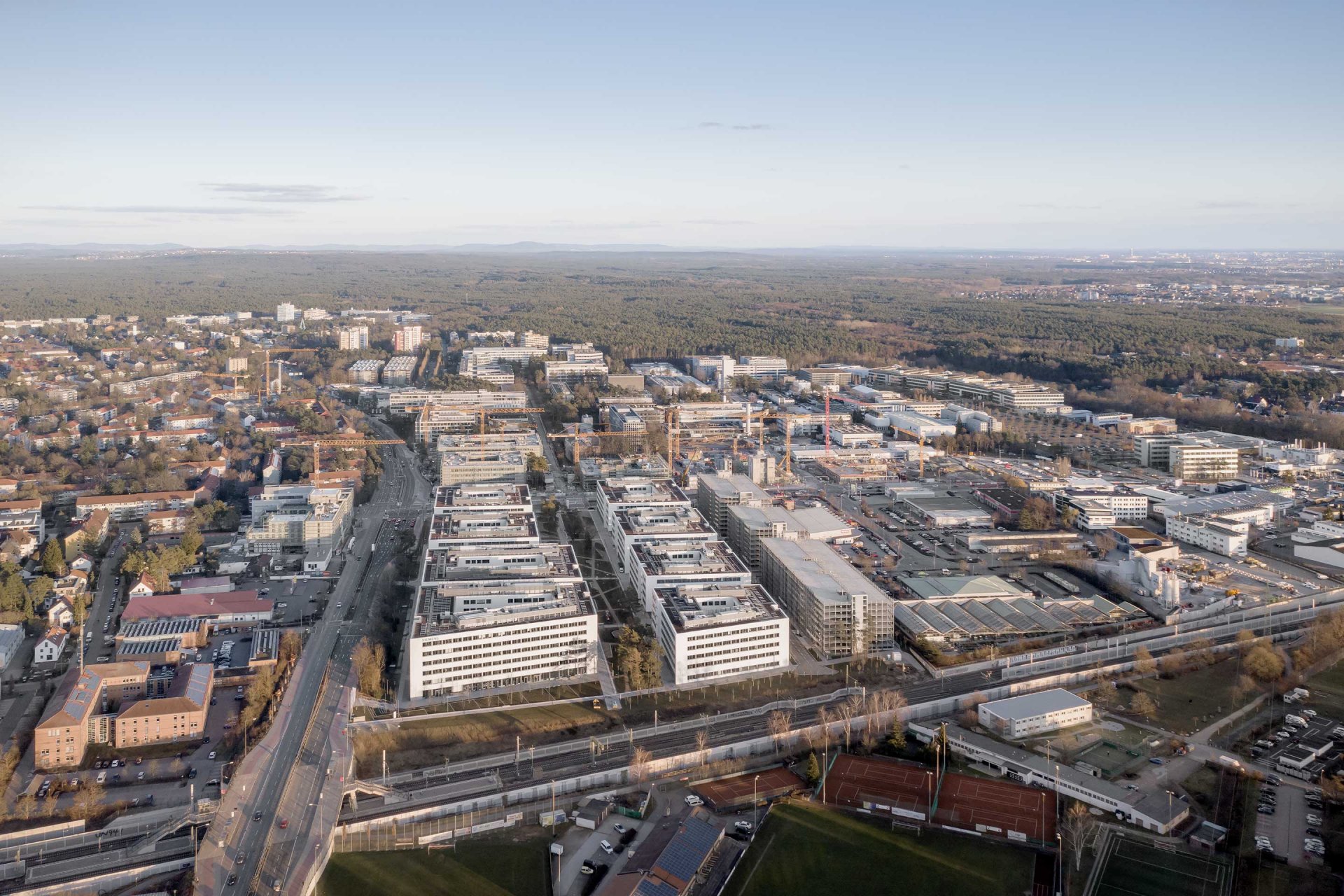
The invaluable current methods and scientific insights that all point clearly to a carbon-neutral future need to be formulated as an architectural brief – a discerning challenge that is one of the most exciting tasks architects can and must tackle today.
What impressions has Jürgen Engel gained on these topics from his international projects? Does he think theories of “environmental psychology” are state of the art along with the related issue of social responsibility, which has been so important to him ever since his student days? What spaces does he associate with tangible architectural harmony and what reference is there to the countless photographed newly-wed couples on the Meixi Urban Helix in Changsha, China? Jürgen Engel discusses these questions in conversation with Georg-Christof Bertsch.
Wishing you much enjoyment listening to the Podcast and thanking Deutscher Designer Club for the great recording. Listen to the podcast here
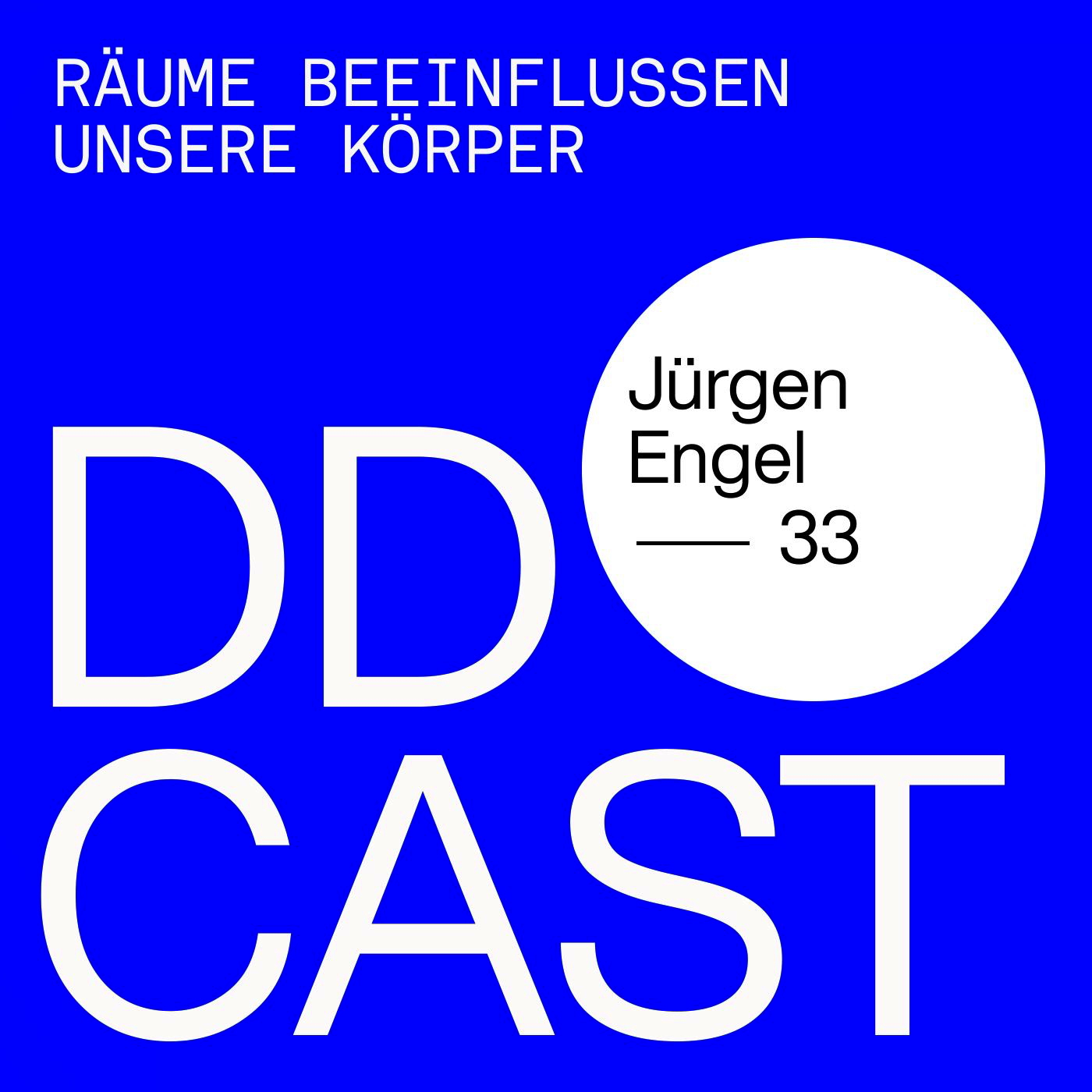
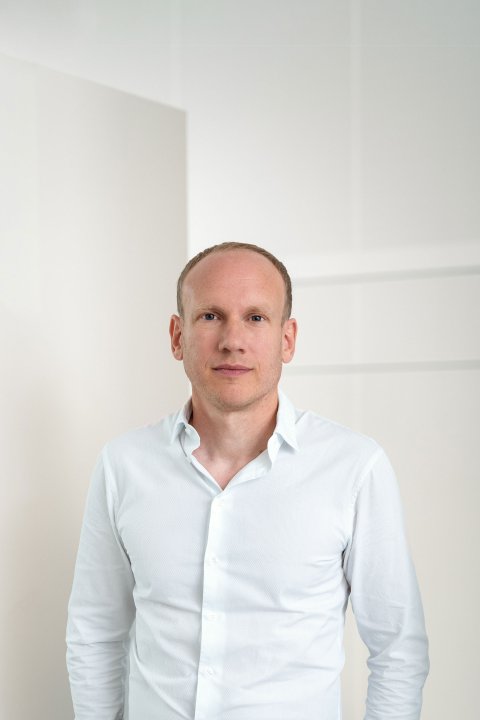
Thomas Busse
Managing Director International
